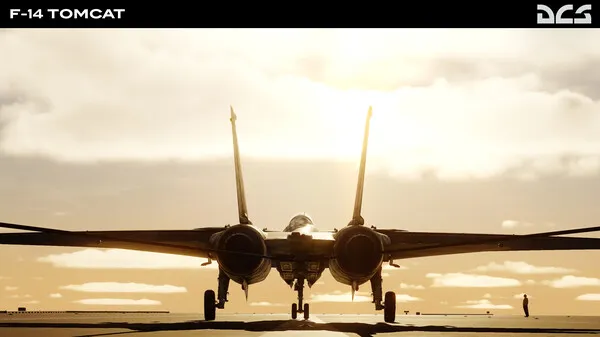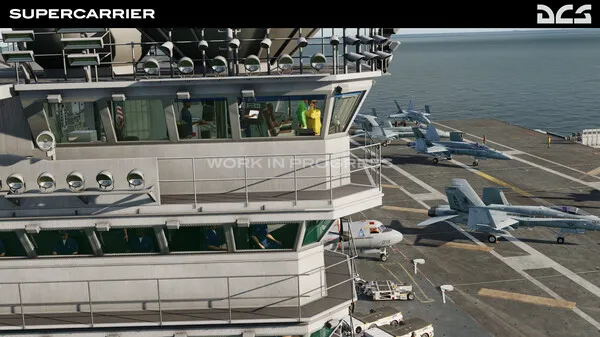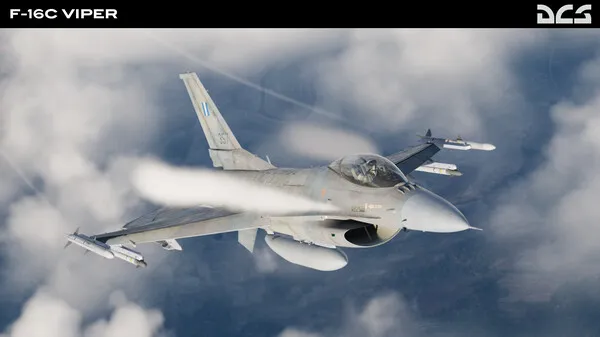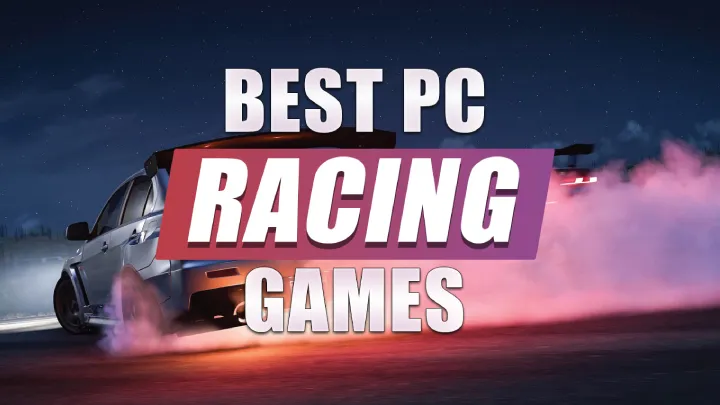DCS World Steam Edition is one of the most detailed and realistic combat flight simulators available today. Whether you're flying a Cold War-era MiG or a modern F/A-18C Hornet, the game offers unparalleled fidelity in avionics, flight physics, and mission design. However, its steep learning curve can be intimidating for newcomers. This guide breaks down the essentials of getting started, progressing through training, mastering aircraft systems, and building your own missions—organized into ten sections that follow the natural timeline of a pilot’s journey in DCS.
1. Installing and Configuring DCS World Steam Edition Before launching into the skies, you need to install DCS World via Steam. The base game is free and includes the Su-25T and TF-51D, which are excellent for learning basic flight and combat mechanics.
Once installed, configure your graphics settings based on your system. DCS is CPU-intensive, so prioritize settings like visibility range and terrain textures. Also, bind your controls—whether you're using a HOTAS, gamepad, or keyboard—to ensure smooth input.
Setup Checklist:
- Install base game and verify integrity
- Adjust graphics for performance vs. fidelity
- Bind essential controls: pitch, roll, throttle, flaps, gear

2. Choosing Your First Aircraft Module DCS offers a wide range of aircraft modules, from full-fidelity jets like the F-16C to simpler ones like the Flaming Cliffs series. Beginners should start with Flaming Cliffs 3 or the A-10A for easier avionics and flight control.
Full-fidelity aircraft require learning startup procedures, radar modes, and weapon systems. If you're ready for the challenge, the F/A-18C Hornet is a popular choice due to its versatility and excellent documentation.
Recommended Starter Modules:
- Flaming Cliffs 3 (simplified avionics)
- A-10A (easy ground attack)
- F/A-18C Hornet (full-fidelity multirole)
3. Learning Basic Flight Controls and Navigation Start with free flight missions to learn takeoff, landing, and basic navigation. Use the TF-51D or Su-25T to practice throttle control, pitch and roll, and trim adjustments.
Navigation in DCS includes visual landmarks, TACAN, and INS systems depending on the aircraft. Learn how to use the F10 map and waypoints to orient yourself during missions.
Flight Tips:
- Practice smooth takeoffs and landings
- Use trim to stabilize flight
- Learn basic waypoint navigation
4. Mastering Avionics and Weapon Systems Each aircraft has unique avionics. Full-fidelity jets like the F-16C include radar, targeting pods, and data link systems. Start by learning how to arm weapons, select targets, and fire.
Use training missions or community tutorials to practice radar modes, missile types, and bomb delivery. The F/A-18C’s radar and targeting pod are excellent tools for learning multirole combat.
Avionics Checklist:
- Learn radar modes (RWS, TWS, ACM)
- Practice weapon arming and delivery
- Use targeting pods for precision strikes
5. Using the Mission Editor for Custom Scenarios The Mission Editor is a powerful tool that lets you create custom missions, campaigns, and training scenarios. Start by placing your aircraft, adding waypoints, and spawning enemy units.
You can script triggers, set weather conditions, and define objectives. This is ideal for practicing specific skills like air-to-air combat or carrier landings.
Editor Tips:
- Use templates for quick mission setup
- Add triggers for dynamic events
- Save and test missions regularly
6. Understanding Multiplayer and Community Servers DCS multiplayer offers everything from casual dogfights to full-scale war simulations. Join servers like Growling Sidewinder or Hoggit for structured gameplay and training.
Use SRS (Simple Radio Standalone) for realistic communication. Many servers require coordination, so learn basic radio etiquette and team tactics.
Multiplayer Essentials:
- Install SRS for voice comms
- Join beginner-friendly servers
- Practice formation flying and teamwork

7. Optimizing Performance and Troubleshooting DCS can be demanding on hardware. Use tools like MSI Afterburner to monitor CPU and GPU usage. Lower settings like shadows and water detail to improve frame rates.
If you experience stuttering, check your page file size and ensure your SSD has enough free space. Mods and terrain packs can also affect performance—disable them during troubleshooting.
Performance Tips:
- Monitor system usage during gameplay
- Adjust settings for smooth frame rates
- Keep SSDs defragmented and clean
8. Unlocking and Managing Modules via Steam Modules purchased on Steam are tied to your Steam account. You can link them to a standalone DCS account, but once linked, they can’t be used on Steam again.
Manage modules via the Module Manager in-game. Download updates regularly and verify installation paths to avoid conflicts. Steam updates may lag behind standalone releases by a day or two.
Module Management:
- Use Module Manager to install/uninstall
- Link Steam modules to standalone if needed
- Watch for update delays on Steam
9. Exploring Advanced Combat Scenarios Once comfortable with basic flight and weapons, try advanced missions like SEAD (Suppression of Enemy Air Defenses), CAS (Close Air Support), and BVR (Beyond Visual Range) combat.
Learn how to use ECM, chaff/flare, and countermeasures. Practice flying in low visibility, night conditions, and under enemy radar coverage.
Advanced Combat Tips:
- Use terrain masking to avoid detection
- Master countermeasure deployment
- Practice BVR tactics and radar sorting

10. Joining the DCS Community and Learning Resources The DCS community is rich with guides, YouTube tutorials, and forums. Join Discord servers, Reddit threads, and Steam groups to ask questions and share experiences.
Use resources like Chuck’s Guides, Grim Reapers videos, and Eagle Dynamics forums to deepen your knowledge. Community-created missions and campaigns offer endless replayability.
Top Resources:
- Chuck’s Aircraft Guides
- Grim Reapers YouTube Channel
- Eagle Dynamics official forums
Conclusion DCS World Steam Edition is a rewarding but complex simulator. By following a structured learning path—from installation and module selection to mastering avionics and joining multiplayer—you can transform from a confused rookie into a confident virtual pilot. With patience, practice, and community support, the skies of DCS become a playground for tactical excellence and immersive combat.

















